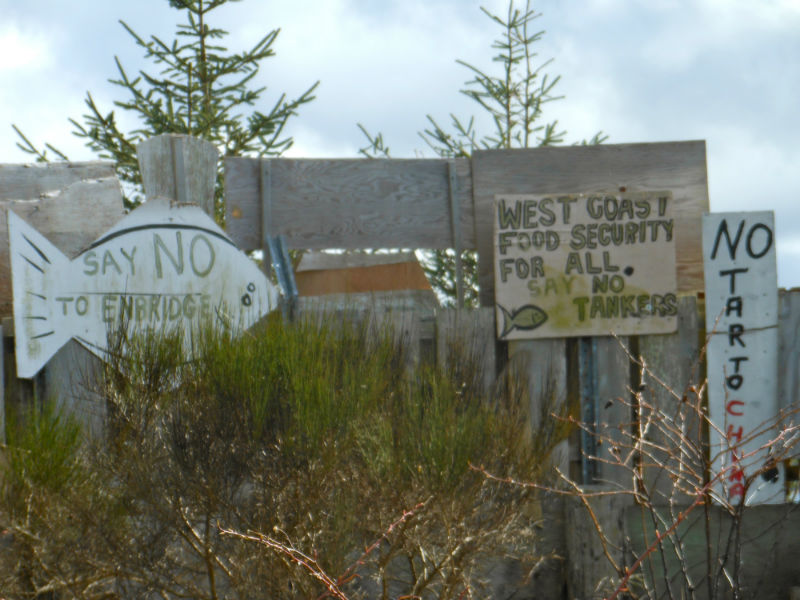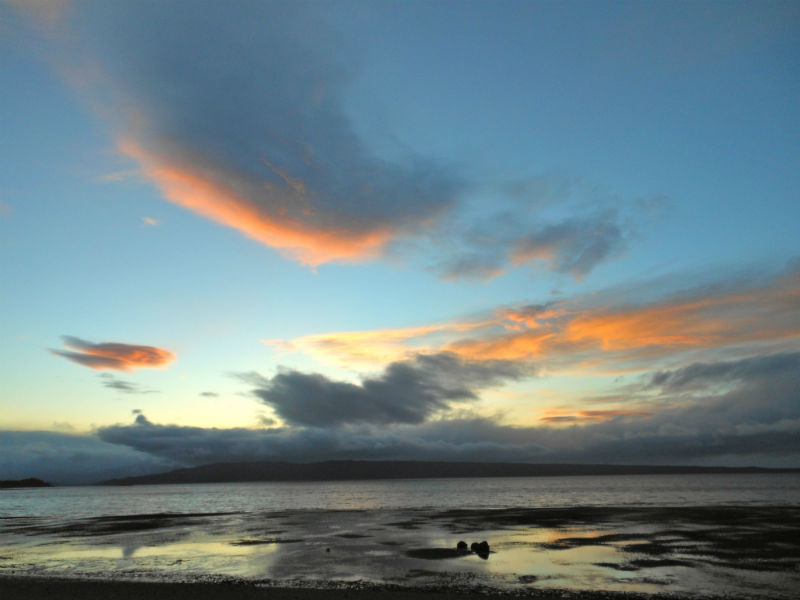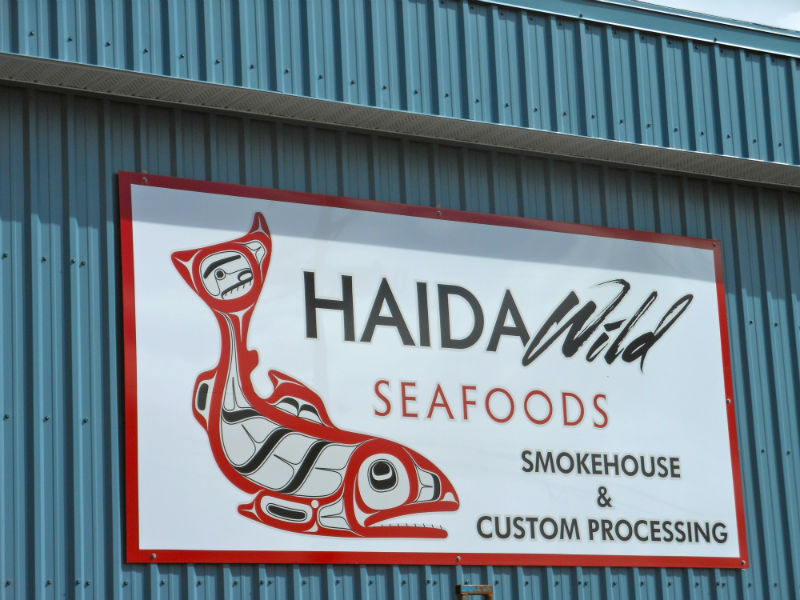Marine Plans to Protect the “Best Food in the World”
Here in Haida Gwaii, people talk seafood when they talk about oceans. It’s their food, their culture, their livelihoods and the key to a sustainable future. When I asked one local resident what he thought about marine planning, he said its main job was to protect the best food in the world. Then he pointed to the fifty pounds of halibut in his truck outside waiting for the freezer. Outside the town of Old Masset, a sign shows the high concern for food security and local opposition to projects, like the Enbridge Northern Gateway tanker and pipeline proposal that will put the sea’s riches at risk.
“Everything we have comes from the sea,” one elder said at last night’s meeting at the Old Masset Community Hall to discuss the new draft marine spatial plan that the Council of the Haida Nation and the Province of BC have produced after years of work. A representative of Haida Seafood products talked about how the plan should help his sustainable geoduck aquaculture business grow. Another Haida man talked about the integral place the sea has in Haida culture, “We need to be able to harvest to be ourselves. How many years has it been since we had a razor clam? Everything we had came from the ocean. We lived on the beach as kids and didn’t have to go home to be fed. We need to teach our children these lessons.”
Rockfish, halibut, sablefish sole and cod have been fished for centuries off Haida Gwaii. There are dive fisheries for geoduck and red sea urchin. The Haida traditional k’aaw, herring spawn on kelp, has limited openings. Residents at the meetings have a united voice on the plan’s essential mission of preserving the sea’s cornucopia of food in the following ways: Keeping wild salmon runs and maintaining herring’s central role in the marine food web. Stocking businesses like the smoked salmon shop in Masset in the photo below and bringing back the abalone to healthy levels so they can be fished again. Creating new scallop aquaculture businesses and ensuring sports fishing operators can grow and bring more tourist dollars to the region.
The plan’s inspiring “Conservation and Local Economy” Economic Development direction ties back to food from the sea. It aims to promote marine tourism, shellfish aquaculture, community-based fisheries economy, marine research and monitoring and marine based renewable energy. The plan recommends some form of protection (the exact form is TBD) for close to a third of the total area of the region which will contribute to long term sustainable seafood.
One woman in Old Masset summed up this essential connection with a saying from her elders: “When the tide is out, our table is set.” When the plan is adopted and put into practice, this saying will be easier to hold true for generations to come.




